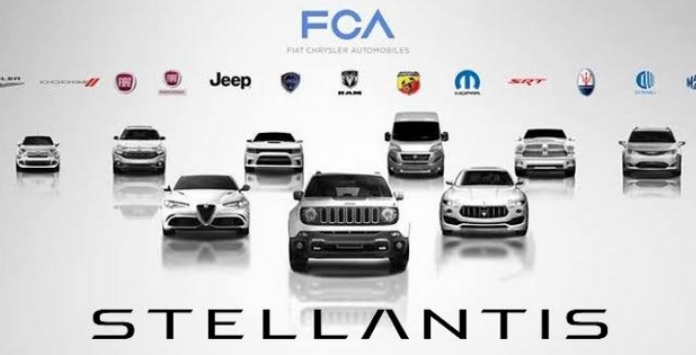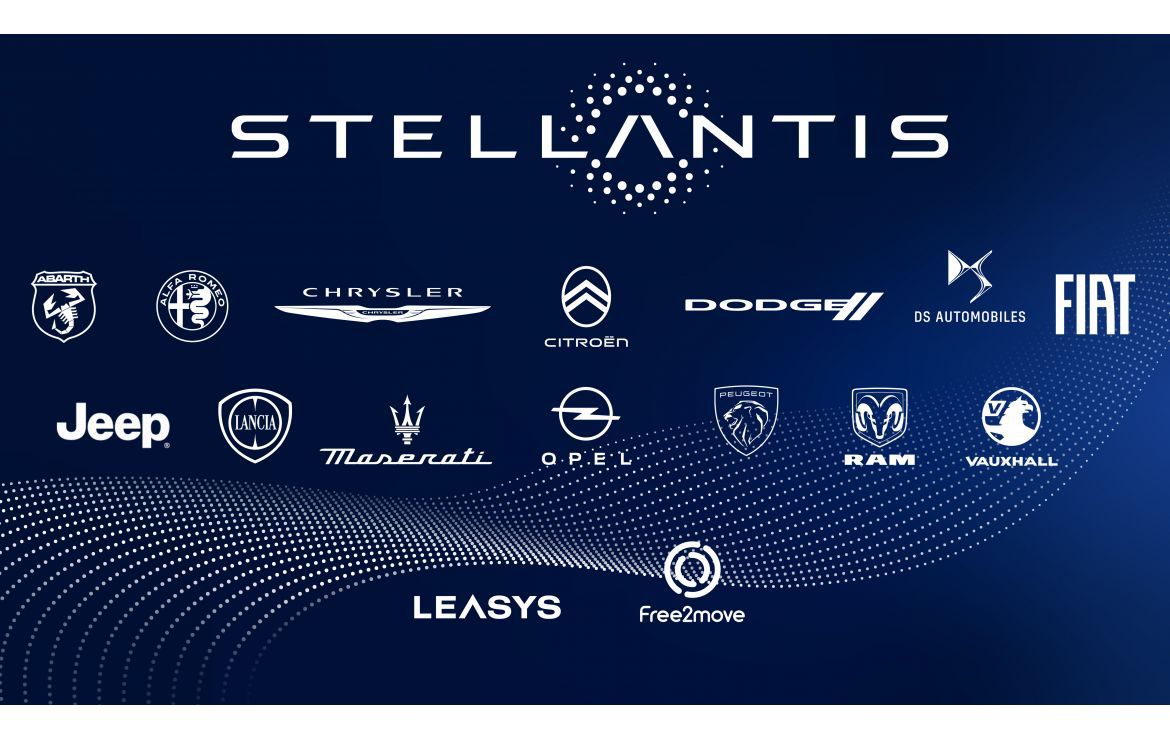
The Stellantis Group is one of the world’s largest companies in the automotive sector, with brands such as Peugeot, Citroen, DS, Fiat, Alfa Romeo, Opel and many more in its portfolio.
This consortium was born, in large part, from the merger of the PSA Group with Fiat Chrysler Automobiles, and as such has significant representation in the fleet of electric vehicles currently in circulation.
Stellantis Group aims to provide cheaper electric cars
As is currently the case with all automakers, the Stellantis group is also grappling with the challenges posed by the electrification of its vehicles, with its high price (when compared to similar combustion engine-equipped versions) still one of the biggest barriers to mass adoption of electric vehicles by consumers.
With that in mind, Stellantis has developed a strategy that can largely overcome this objection.
Stellantis will start using LFP batteries
Despite the fact that the price of current batteries for electric vehicles is at an all-time low, this is still the most weighty component of the final retail price of this type of vehicle, forcing manufacturers to be resourceful in looking for alternatives.
After all, the electrification of cars should continue at a good pace, given the current and future legal restrictions that lie on this market…
Therefore, the Stellants Group He will start betting on LFP batteries (composed of iron, phosphate and lithium), which are cheaper than the current nickel-cobalt-manganese batteries.
The company hopes, in this way, to “achieve a competitive position in terms of costs of manufacturing cars accessible to the middle class,” says Carlos Tavares, CEO of Stellantis.
The Portuguese executive gave no time horizon for cheaper batteries to arrive in its electric models, but adds that the only question is where they can be purchased.
LFP batteries have advantages over NMC
Currently, in Europe, the most widely used road batteries are based on lithium ions, and more specifically on a chemical mixture of nickel, cobalt and manganese. The combination of these elements gives rise to cells, and it is in them that the charged energy is stored.
Each group of cells is assembled into modules, and the battery, in its final form, consists of these modules, the vehicle’s electronic system, the cooling system and the casings that bring together all these components.
The problem with NMC batteries is the high cost of the raw materials needed to design them, unlike what happens with LFPs. In addition, the latter are more flexible in terms of speed and number of charges, as well as a longer life in general.
At present, most of the global production of LFP batteries is located in China. It should be noted that models with this technology are already circulating on our roads, such as MG 4, Tesla Model 3 and Model Y.
Stellantis – The world’s largest fleet of electric vehicles

“Wannabe internet buff. Future teen idol. Hardcore zombie guru. Gamer. Avid creator. Entrepreneur. Bacon ninja.”


